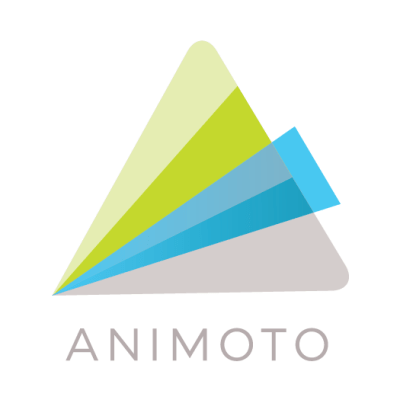Which one was my favorite? I had more than one: screencasts, Animoto, podcasts, and comics.
I was really excited about using screencasts. I had viewed many screencasts throughout my courses as an MLS student, and I always wondered how they were done. I was really excited after I learned how to create two of my own for this course. I know that as a future librarian, this is a great “visual tool” that I can see myself using to create useful guides and “how-tos” for students, faculty, and parents.
In addition, I feel that Animoto, podcasts, and comics will also be beneficial to my students.
Students can use Animotos to create book trailers, or a book review on their favorite books, and I can use these trailers to promote books to other students by highlighting them on the school’s webpage.
The comic strip tool can be used throughout the content areas. For example students can summarize what they learned in any of the content areas, such as showing how to solve a math problem, summarizing a story, discussing the causes that led to the American Revolution, and demonstrating lab safety, to name a few.
I can see myself using podcasts to promote events such as literacy nights, book fairs, and also to highlight students, books, and authors.
Although I did not find the online book communities difficult to use, I did find them a bit overwhelming in the sense that I wasn’t too familiar with all of them to be comfortable enough to really choose one that I liked the best. I’m still trying to decide, but they are great resources to refer to. In addition, I did like using the Infographics tools, and the fact that they can be used to explain complex data into one source. I can see students using this, but I feel that some will try to include too much, and therefore create a cluttered graphic. However, I can still see myself showing students and staff different ways to use it, and perhaps create a screencast for it.
Before this course, I knew how to navigate through the basic technological tools. Now after taking this course, I feel that this new knowledge I’ve acquired has sort of “bumped” me up to the next level. I’m not an expert by any means, but I'm much more at ease using these digital tools, and I feel comfortable enough to share with my colleagues and students. In my opinion, the best way to learn technology is simply just navigating and exploring through the different tools enough times to where you feel comfortable enough to say, "I got this." At least this is true for me.
Thank you Dr. Gross for your support and a wonderful learning experience!
Sandra C. Rios
I can see myself using podcasts to promote events such as literacy nights, book fairs, and also to highlight students, books, and authors.
Although I did not find the online book communities difficult to use, I did find them a bit overwhelming in the sense that I wasn’t too familiar with all of them to be comfortable enough to really choose one that I liked the best. I’m still trying to decide, but they are great resources to refer to. In addition, I did like using the Infographics tools, and the fact that they can be used to explain complex data into one source. I can see students using this, but I feel that some will try to include too much, and therefore create a cluttered graphic. However, I can still see myself showing students and staff different ways to use it, and perhaps create a screencast for it.
Before this course, I knew how to navigate through the basic technological tools. Now after taking this course, I feel that this new knowledge I’ve acquired has sort of “bumped” me up to the next level. I’m not an expert by any means, but I'm much more at ease using these digital tools, and I feel comfortable enough to share with my colleagues and students. In my opinion, the best way to learn technology is simply just navigating and exploring through the different tools enough times to where you feel comfortable enough to say, "I got this." At least this is true for me.
Thank you Dr. Gross for your support and a wonderful learning experience!
Sandra C. Rios



